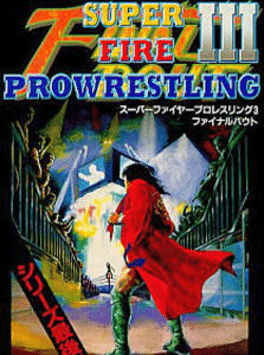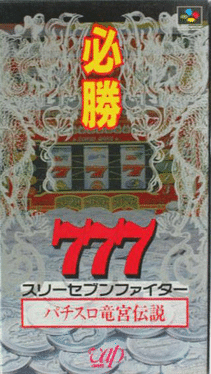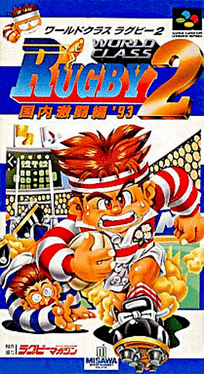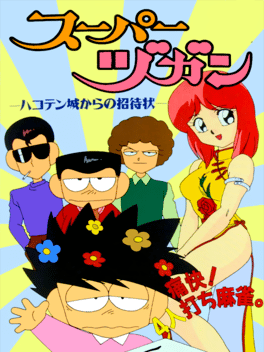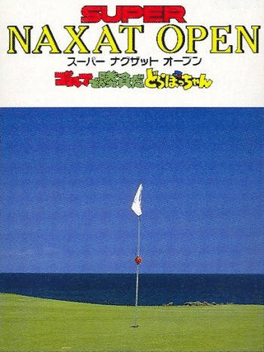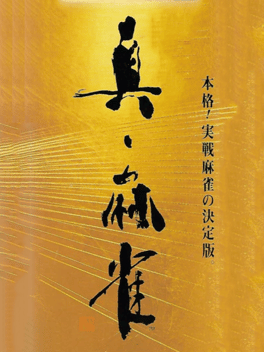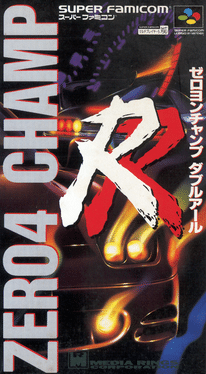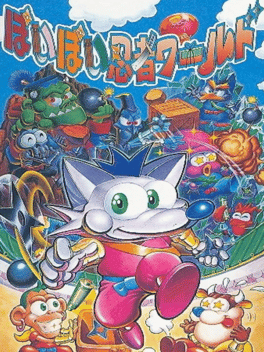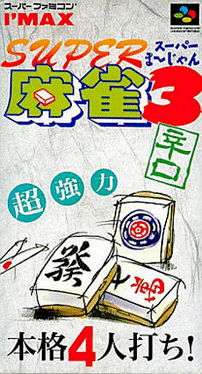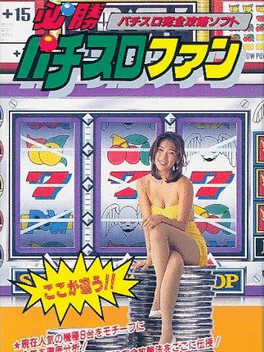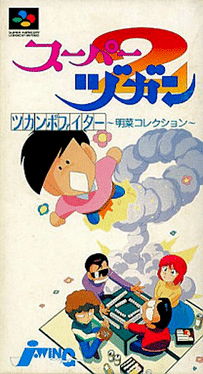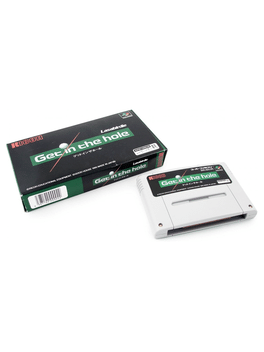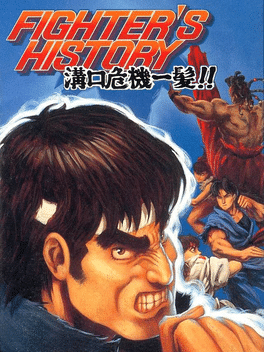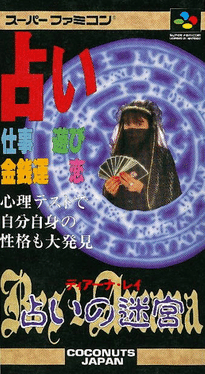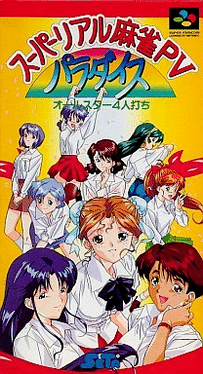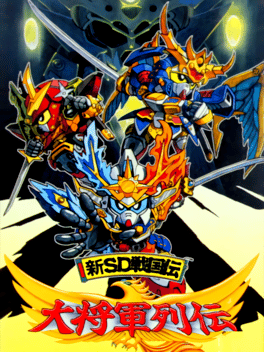Most Popular Super Famicom Games - Page 10
-
Super Fire Pro Wrestling III Final Bout
1994
The third Super Famicom game in Human's highly technical wrestling series. It was re-released the following year with easier controls as "Super Fire Pro Wrestling III: Easytype". -
Yokoyama Mitsuteru Sangokushi II
1993
Yokoyama Mitsuteru Sangokushi II ("Mitsuteru Yokoyama's Romance of the Three Kingdoms II") is a strategy game and the sequel to the original Yokoyama Mitsuteru Sangokushi. Both games were adapted from the eponymous manga artist's graphic novel adaptation of the ancient Chinese novel. Specifically, they were based on an anime adaptation of the manga, released close to the same time. -
Hisshou 777 Fighter: Pachi-Slot Ryuuguu Densetsu
1994
A pachi-slot (slot machine) simulator game for the Super Famicom. The title refers to the mythical Sea Dragon Palace of Japanese folklore. -
World Class Rugby 2: Kokunai Gekitou-hen '93
1994
A Super Famicom exclusive rugby game and the sequel to World Class Rugby. -
Hiouden: Mamono-tachi to no Chikai
1994
A PC-98 RPG from Wolf Team with an isometric perspective. It later saw an enhanced Super Famicom port. -
Super Zugan: Hakotenjou kara no Shoutai
1994
A Super Famicom comedic Mahjong game with an overarching storyline. It was followed by a sequel a few years later. -
Derby Jockey: Kishou he no Michi
1994
A 1994 horseracing game for the Super Famicom. It was followed with a sequel in 1995. -
Super Naxat Open: Golf de Shoubu da! Dorabocchan
1994
A Super Famicom golf game featuring characters from Naxat's Dorabocchan franchise, best known in the US as Spike McFang. -
Shin Mahjong
1994
Shin Mahjong
1994
A Mahjong game for the Super Famicom published by Konami. It features cameos from famous historical figures. -
Zero-4 Champ RR
1994
Zero-4 Champ RR
1994
A street racing game from Media Rings that focuses on 400m drag races, the titular "Zero-4". It is the first of two Super Famicom games in the Zero-4 series. -
Poi Poi Ninja World
1996
Poi Poi Ninja World
1996
This Super Famicom release from Bandai used the company's Sufami Turbo accessory. -
Super Mahjong 3: Karakuchi
1994
A mahjong game for the Super Famicom and the third in the Super Mahjong series from I'Max. -
Super Zugan 2: Tsukanpo Fighter
1994
A Super Famicom mahjong game based on the manga Super Zugan. The criminally unlucky Hideyoshi Toyotomi continues to lose at mahjong. -
Get in the Hole
1994
Get in the Hole
1994
Get in the Hole is a Super Famicom golf game for use with the Ricoh Lasabirdie peripheral. -
Fighter's History 2
1995
Fighter's History 2
1995
Fighter's History: Mizoguchi Kiki Ippatsu!! is a Super Famicom sequel to Data East's arcade fighting game series, featuring a story mode where Mizoguchi travels throughout the world to battle a mysterious masked figure (who Data East fans probably already know). It's the third game in the Fighter's History series, and the last one published by Data East. The game was initially released only in Japan for the Super Famicom on February 17, 1995, under the title of "Fighter's History: Mizoguchi Kiki Ippatsu!!". In 2017, Retro-Bit published the game for the international release as part of their compilation Data East Classic Collection, under the new title of "Fighter's History 2". -
The Shinri Game 2: Magical Trip
1995
The second in a series of quiz games that probe the player's sense of identity and morality. -
Res Arcana Diana Rei: Uranai no Meikyu
1995
A fortune-telling tool for superstitious Super Famicom owners. -
Super Real Mahjong PV Paradise: All-Star 4-nin Uchi
1995
Part of SETA Corporation's series of mahjong games featuring a recurring cast of anime women. PV Paradise is a Super Famicom-exclusive entry. -
Shin SD Sengokuden: Daishogun Retsuden
1995
A turn-based strategy game based on Shin SD Sengokuden, an anime spin-off of an anime spin-off.
